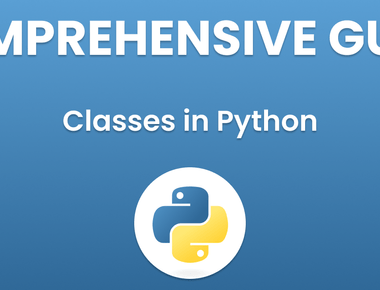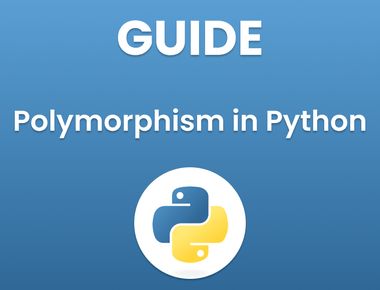Table Of Contents

Inheritance is an essential concept in Python that allows programmers to create new classes based on existing ones. In Python, inheritance works by allowing a subclass to inherit the methods and properties of its parent class, which can save a lot of time and effort in coding. This article aims to provide a comprehensive understanding of inheritance in Python, from the basics to implementation, with the goal of outranking other websites on Google search results.
What is Inheritance?
Inheritance is a mechanism in object-oriented programming (OOP) that allows a new class to be based on an existing class, called the parent or base class. In Python, we use the keyword “class” to define a new class and specify the parent class in parentheses. The new class is called the child or subclass. The child class inherits all the attributes and methods of the parent class, including its constructors.
Types of Inheritance
There are several types of inheritance in Python:
Single Inheritance
Single inheritance is the most common type of inheritance, where a child class inherits from a single-parent class. It follows the “is-a” relationship between the two classes, where the child class is a specialized version of the parent class.
Multiple Inheritance
Multiple inheritance is when a child class inherits from multiple parent classes. It allows the child class to inherit the properties and methods of all the parent classes, creating a new class that combines the functionality of all the parents.
Multi-level Inheritance
Multi-level inheritance is when a child class inherits from a parent class, which itself inherits from another parent class. It creates a hierarchical relationship between the classes, where the child class inherits from both the parent class and the grandparent class.
Hierarchical Inheritance
Hierarchical inheritance is when multiple child classes inherit from a single-parent class. It allows for multiple specialized versions of the parent class, each with its own unique attributes and methods.
Implementation of Inheritance
We use the keyword “super” to implement inheritance in Python to call the parent class’s constructor and methods. We can also override the parent class’s methods in the child class to add or modify functionality. Here is an example of single inheritance:
class Animal:def __init__(self, name):self.name = namedef speak(self):print(f"{self.name} makes a sound")class Dog(Animal):def speak(self):print(f"{self.name} barks")dog = Dog("Rufus")dog.speak() # Output: "Rufus barks"
In this example, we define two classes: Animal and Dog. Dog is a child class of Animal and inherits its __init__ constructor and speak method. However, we override the speak method in Dog to make it specific to dogs.
Benefits of Inheritance
Inheritance has several benefits in Python:
Code Reusability
Inheritance allows programmers to reuse code from existing classes, saving a lot of time and effort in coding. Instead of writing new code from scratch, we can create a new class based on an existing class and modify it as needed.
Modularity
Inheritance promotes modularity in programming by breaking down complex problems into smaller, more manageable parts. It allows us to organize code into logical groups, making it easier to read and understand.
Polymorphism
Polymorphism is the ability of an object to take on many forms. Inheritance allows us to create objects that are instances of both the parent class and the child class, which can exhibit different behavior based on their context.
Subscribe to our newsletter!
Quick Links
Legal Stuff
Social Media







